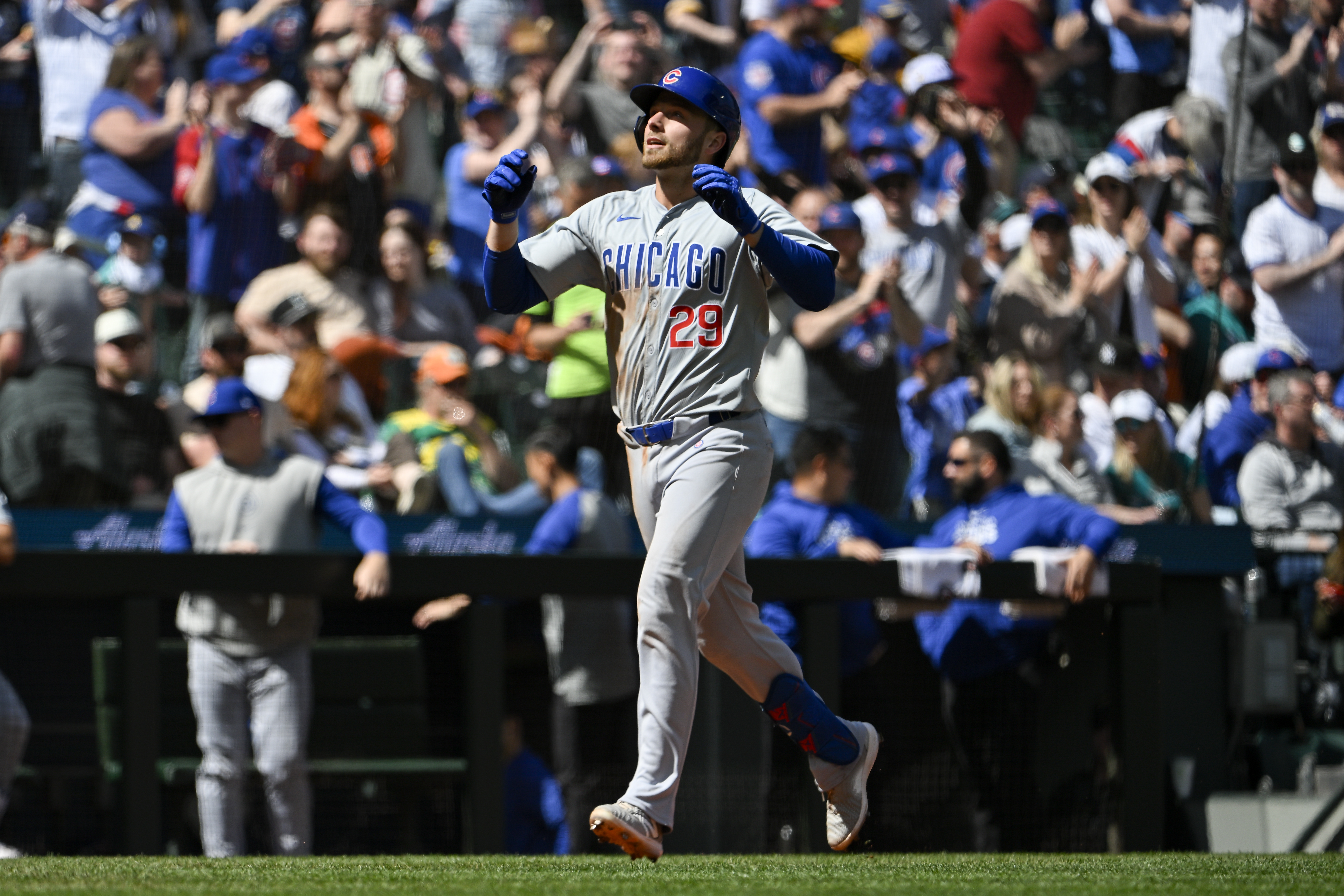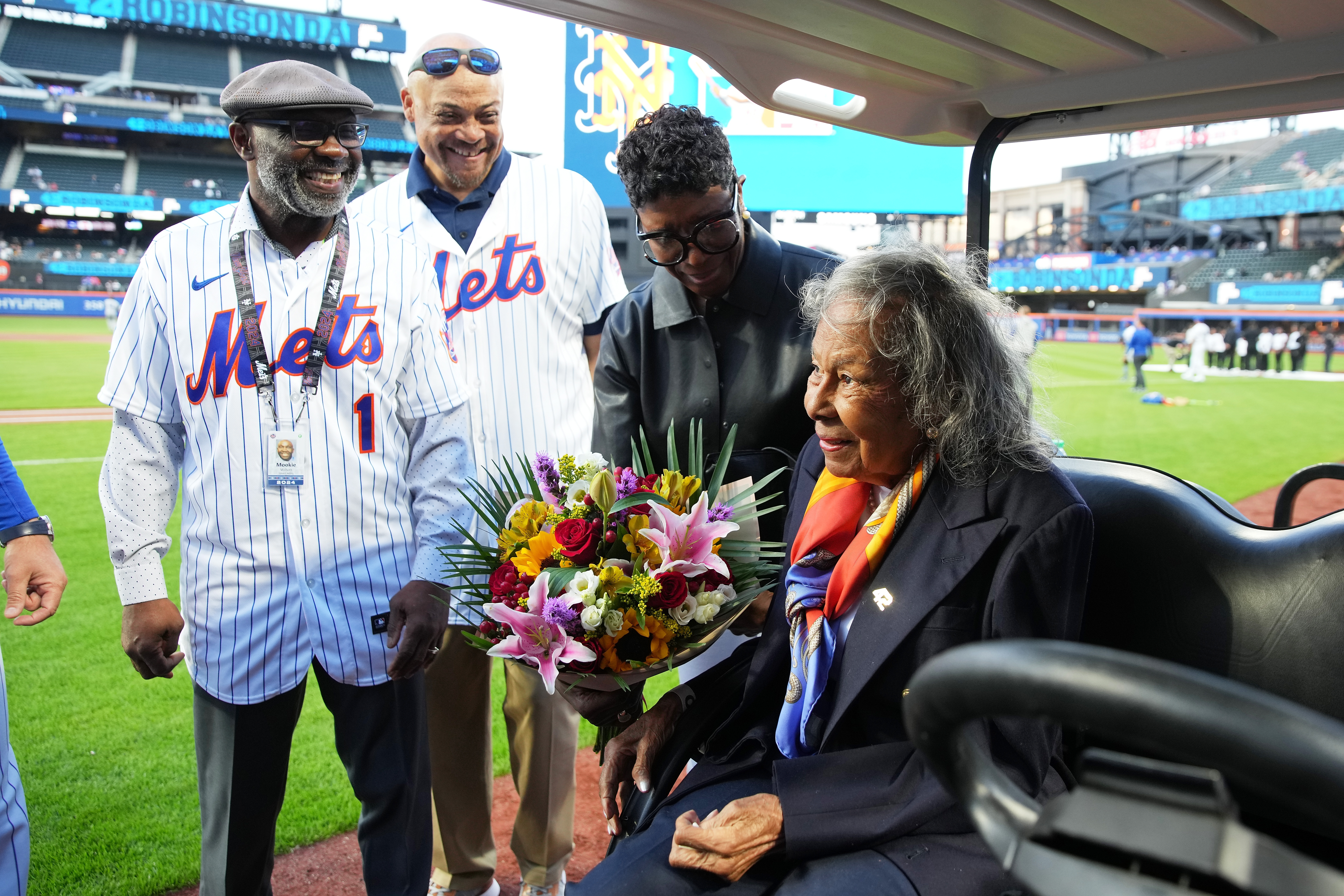So what happened to the Cubs waiting to see the terms of the collective bargaining agreement before acting in a decisive way this winter?
The rest of baseball’s reaction to Wednesday night’s eventual labor lockout, that’s what.
“You can’t just make plans and not alter them if things change,” Cubs president Jed Hoyer said Wednesday night after landing Marcus Stroman — the last of the top-of-the-market starting pitchers who signed over the final four days leading up to the expiration of the CBA and the lockout that triggered.
Stay in the game with the latest updates on your beloved Chicago sports teams! Sign up here for our All Access Daily newsletter.
“Clearly the pitching market was moving very quickly.”
Hoyer said repeatedly since August that it was hard to detail plans for rebuilding the roster after the trade deadline purge until seeing what the new CBA looks like.
Until teams suddenly started signing big free agents at a blinding pace over the last week or so — with shortstops Corey Seager (10 years, $325 million), Marcus Semien (seven/$175 million) and Javy Báez (six/$140 million) and pitchers Max Scherzer (three/$130 million), Robbie Ray (five/$115 million) and Kevin Gausman (five/$110 million) landing nearly $1 billion in combined deals in one 72-hour period this week.
Talk about an eye opener. And a change of plans.
MLB
The Cubs, who opened the offseason by landing a $10 million waiver claim in starter Wade Miley, shifted gears fast over the past week — ramping up talks with Stroman to close a three-year, $71 million deal and pouncing on the best catcher left on the market in Yan Gomes, for two years and $13 million. They also took a $1.5 million flyer on once-promising Yankees outfielder Clint Frazier, who was released after multiple seasons dealing with what appeared to be concussion-related issues.
“To be candid, I don’t think anyone had a real sense of how the market would play out when we started the offseason,” said Hoyer, who promised an active winter of “intelligent spending” — just not this active this quickly. “Obviously, with the potential lockout, the Dec. 1 date, you never know how people would react.
“We didn’t know if no one would make any signings or if it would be a flurry, and it ended up being a flurry. And I think that flurry in particular was very focused on pitching,” he added. “I feel very good that we added two starting pitchers prior to Dec. 1.”
That was by far the priority for a team that opened the winter with only one reliable starter — Kyle Hendricks — locked into the 2022 opening rotation.
The additions of Miley and Stroman mean the team can shift its priorities next to other areas, Hoyer said, once a labor agreement is presumably reached before next spring. That presumably means a shortstop.
RELATED: Next! Stroman signing great start, but Cubs can’t stop now
Until then, the unexpected acceleration of their timeline has produced on paper impressive results for a team that spent more than a calendar year cost-cutting and angering a large segment of the fan base with trades of popular players and a slide from 2020 division champions to fourth place in 2021.
Whatever happens on the other side of the lockout, the Stroman signing already marks a significant upgrade to the roster — on what might have seemed to fans and even Stroman like a moment’s notice.
“In some ways this has felt a little more like a trade deadline, in the sense that we’re not used to operating with that [free agency] deadline,” Hoyer said. “It was definitely an impetus for action, I guess.
“This is something new. We’ve never been through this. And obviously that certainly changed our strategy over the last few days.”
Hoyer said they checked in with Stroman, several free agent targets, early in the offseason. But nothing seemed especially urgent until late last week.
“It was obvious that acting on those starting pitchers before Dec. 1 was something that was going to be really important,” Hoyer said.


